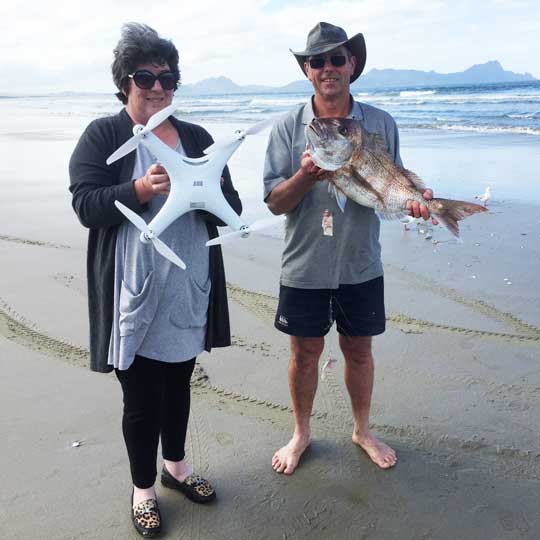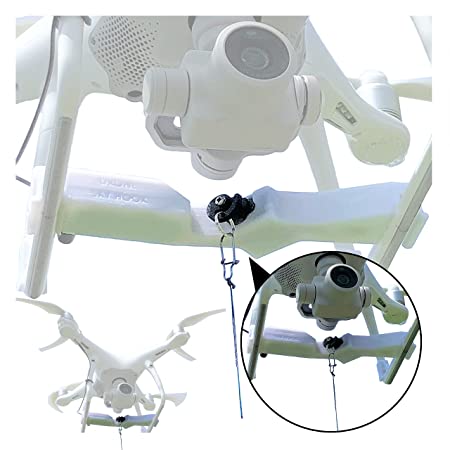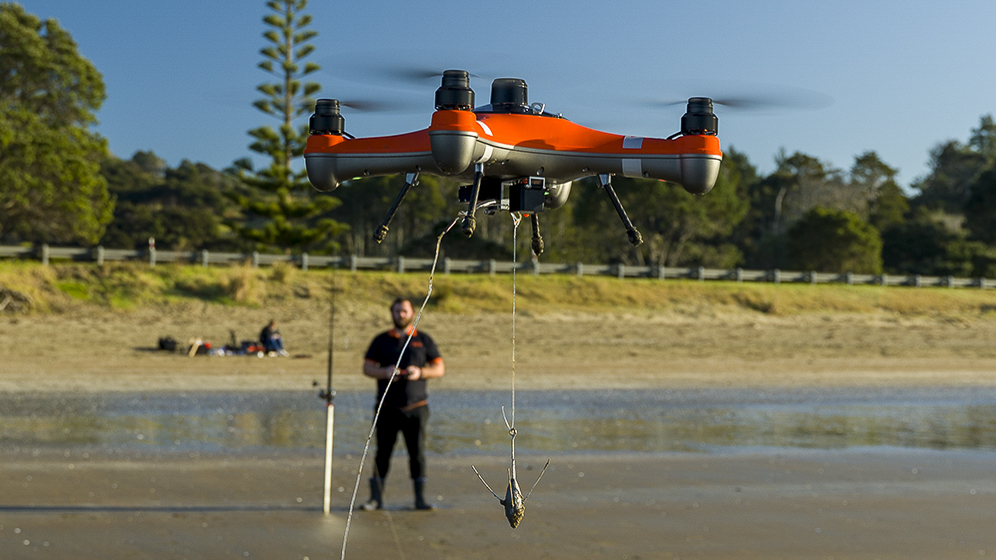
Drone Fishing in Perth is an exciting way to catch fish. This technology allows you to fish remotely from the sky, without worrying about getting wet or casting too far for a bite. Drones can carry your bait into the distance and drop it just as you would, setting the line and waiting for the bite. Here are some reasons this technology is so well-respected and worth checking out.
Australia's drone fishing regulations
It is important to learn the rules and regulations surrounding drone fishing if your intention is to use a drone for fishing in Australia. These regulations apply to all drone recreational users. They are overseen by the Civil Aviation Safety Authority. There are strict restrictions in place to prevent accidents, injuries, and loss of property. If you're not aware of these regulations, you could be at risk of paying hefty fines and wasting your time.
You should ensure that your drone is compliant with all applicable rules and regulations. This allows you to release your payload safely once you have hooked a fish. Drone fishing requires extensive research and careful preparation. You should also check the weather conditions and any other relevant information. There are many regulations that govern drone fishing in Australia. Before you can start fishing, it's important that you check the regulations in each state.
CASA has found that the man caught a fish with a homemade drone. As he was drinking beer, he raised the remote camera from the water. The footage may not have been in compliance with drone rules, but it was still very useful in scouting for wild animals and game. Biosecurity Queensland is using drones this way. This has led many people to get involved in drone fishing.

Drone fishing has many benefits for anglers
Drones provide many benefits to anglers. Drones are capable of taking amazing photos and videos, as they can also cover large areas. Drones can even detect subtle differences in fish behavior. The use of drones to fish is something that not many anglers know. These pros share their tips and tricks for fishing with drones. Enjoy! Here are seven benefits to drone fishing for anglers.
Anglers can use a drone to locate fish and see their swimming patterns. The drone allows them to cast their line to the right spots, and it can be used to find bait fish as well. A drone can also be used to fly offshore by anglers who are using it to survey their fishing grounds. However, it is important to ensure that the regulations are followed before you use a remote-controlled drone to fish.
A drone's ability to access remote areas is another advantage. Drones may have adverse effects on the natural environment. Drones are convenient and can be misused, which could lead to over-exploitation. The potential for drones to become popular may reduce the sportfishing challenge and decrease the chance of catching a trophy fish. Drones might not be the best solution to the problem of overfishing.
Cost of drone fishing Australia
A video of a man fishing from his drone has gone viral. The incident led to a criminal investigation. It happened in Central Victoria at the Upper Coliban Reservoir. Sam Foreman was the one who dangled himself from the aircraft. French spent more than $20,000 to build the drone himself, which allowed him to capture the moment. French's catch caused outrage on social media and he has since spent over $20,000 on a custom made fishing drone.

One Australian company, Rippton, specializes in technology-oriented fishing products. Mobula drone from Rippton is one example of one of the smartest fishing robots. Its mission is improve anglers' success rates by using smart drones that increase productivity and decrease the environmental impact of fishing. It offers drones and fishing equipment as well as accessories and drone accessories. Drone fishing in Australia costs approximately $1,000 at the moment, but this will rise in the future.
A drone can also capture detailed satellite maps. Many drone users in Australia use them to monitor the wildlife population. Drones can be used not only to fish, but also to track wild and endangered animals. Biosecurity Queensland uses drones to monitor the population of pest animals. This type is becoming more popular among fishermen. Drone Fishing Australia has a great guide for buying a drone to fish.
FAQ
Can I fly my drone around my neighborhood?
Yes! These are called UAVs (unmanned aerial vehicles). There are several types of drones available for sale today, from small quadcopters to large fixed-wing aircraft. The FAA has recently issued new rules regarding the commercial use of UAVs, which means you can now legally fly them for business purposes. Be aware that UAVs operating near airports could cause interference to air traffic control systems. You must get permission from the authorities before you can fly one.
Do I require special training to fly a drone
To fly your drone, you don't have to be an expert in flight mechanics. You only need a remote controller unit and basic knowledge about flight mechanics.
Are drones permitted at public events?
If you observe the rules, then you can fly a drone wherever you want. However, if you plan to fly your drone during a public event such as a parade, festival, or concert, you will need approval from the event organizers.
Statistics
- Research and Markets predict a growth rate of 51.1% over the next five years. (thedroneu.com)
- According to industry research from ZipRecruiter , there are 10 cities where the typical salary for a Drone Pilot job is above the national average. (dronesgator.com)
- With the top 10% making over $100/h and the bottom 10% making as low as $10/h. (dronesgator.com)
External Links
How To
How To Fly Drones For Beginners
A drone is an unmanned aerial vehicle that can be remotely controlled and used for surveillance, aerial photography, film production, research, and other hobby purposes. The technology behind drones has been around since World War II. DJI's Phantom series of quadcopters was the first to be commercially used. Many types of drones have been made available since then, from beginner-friendly models such as the Parrot AR Drone 2.0, to high-end multi-rotor craft such as the DJI Mavic Pro.
There are many ways to fly a drone.
-
Remote control – This is when you attach a device to your hand that allows you to control the drone's flight path. There are two main types, On/Off switches (like radios) and joysticks.
-
Manual Control- This allows you to control your drone remotely via GPS coordinates. The app will provide instructions and help you to locate the drone.
-
Autonomous Flight – This is when the drone handles all the piloting tasks. It is basically flying autonomously and without human intervention. The drone must be equipped with a camera and sensors that can capture images and data in order to fly autonomously.
-
Triggered Flight – This method is very similar to manual flight. The pilot creates a route that the drone will follow until it reaches the destination. Once the programmed route is completed, the drone lands automatically and returns back to the base.
-
Landing Gear- Some drones include landing gear that allows for safe landing if the power goes out or they run out of batteries.
-
Goggles - Pilots may wear goggles to shield themselves from flying debris.
-
Camera - Some drones are equipped with cameras allowing you to capture photos and videos from above.
-
Obstacles - Some drones can be equipped with obstacle avoidance systems that prevent them from crashing into obstacles.
-
Speed – Some drones can reach speeds in excess of 40 mph.
-
Battery Life - Most drones can last between 20 minutes to 3 hours, depending on how much power you're using.
-
Range - Depending on the model, some drones can travel up to 30 miles away.
-
Power source - Some drones require an external power source; others work off internal batteries.
-
Weight – Some drones are less than one pound, while other models can be up to four pounds.
-
Size - Drones range from small devices that fit in one's palm to large crafts that weigh more than 50 pounds.
-
Price - Drones come in a variety of price categories, including high-end models which can run into the thousands and low-cost options that can start at $100.